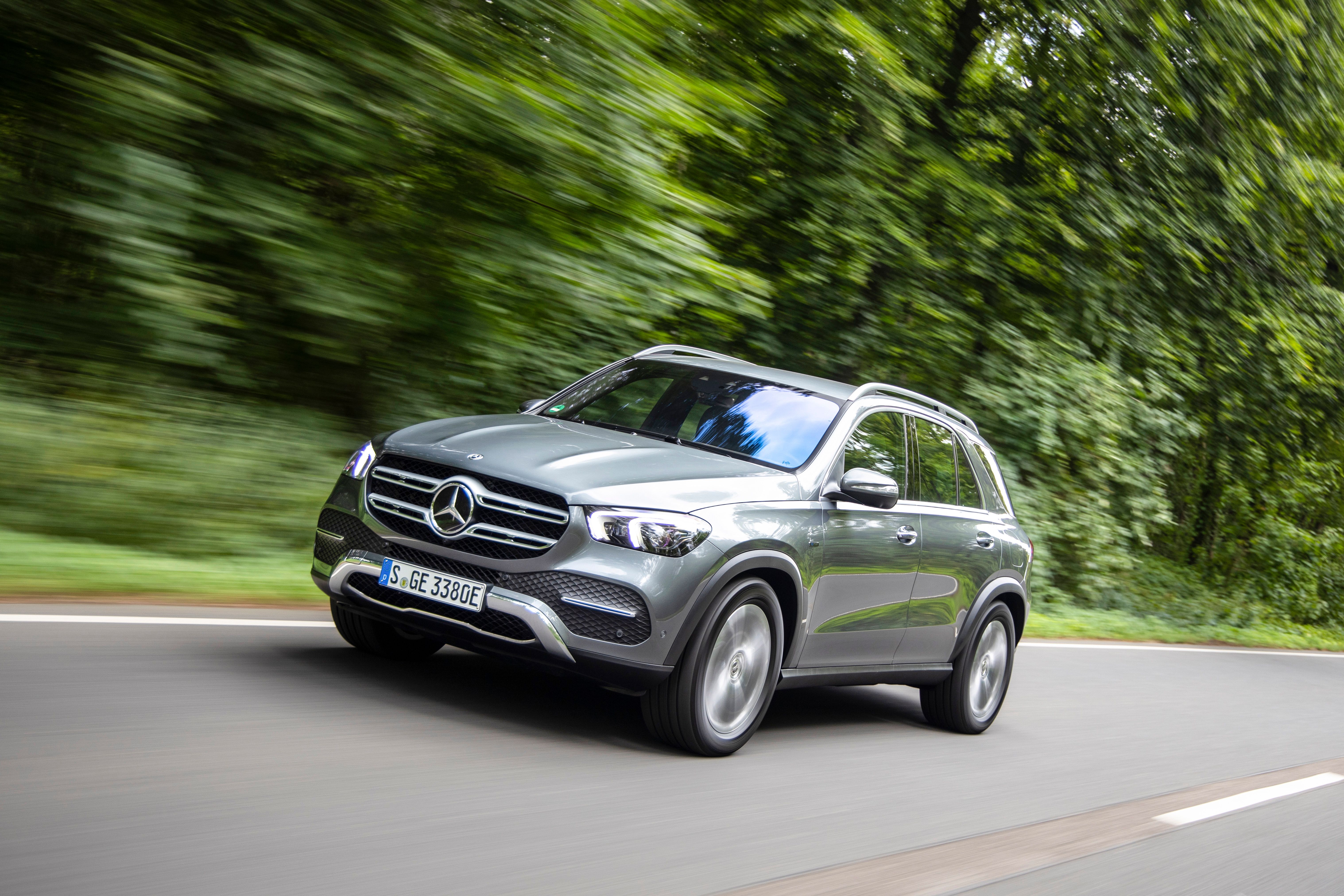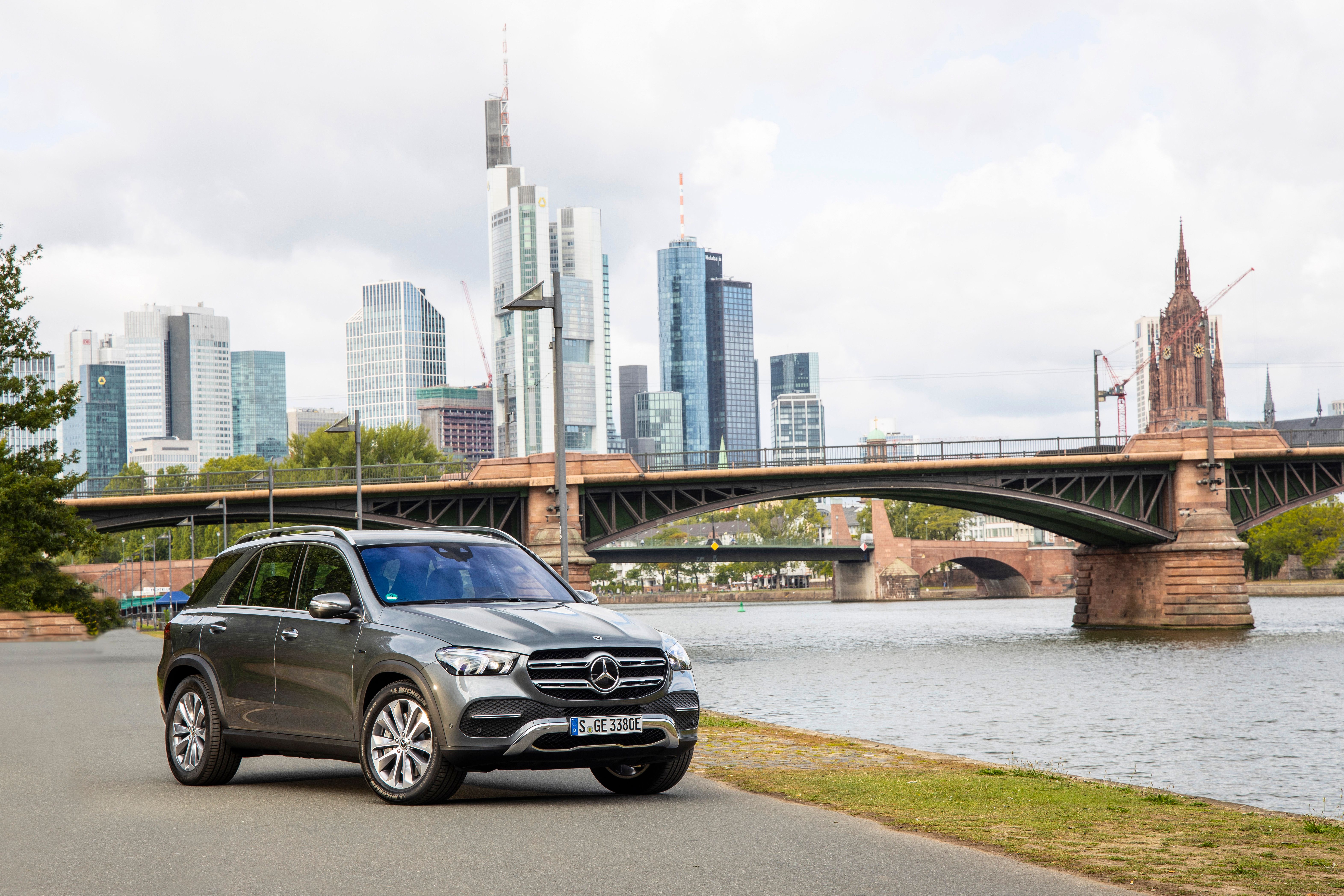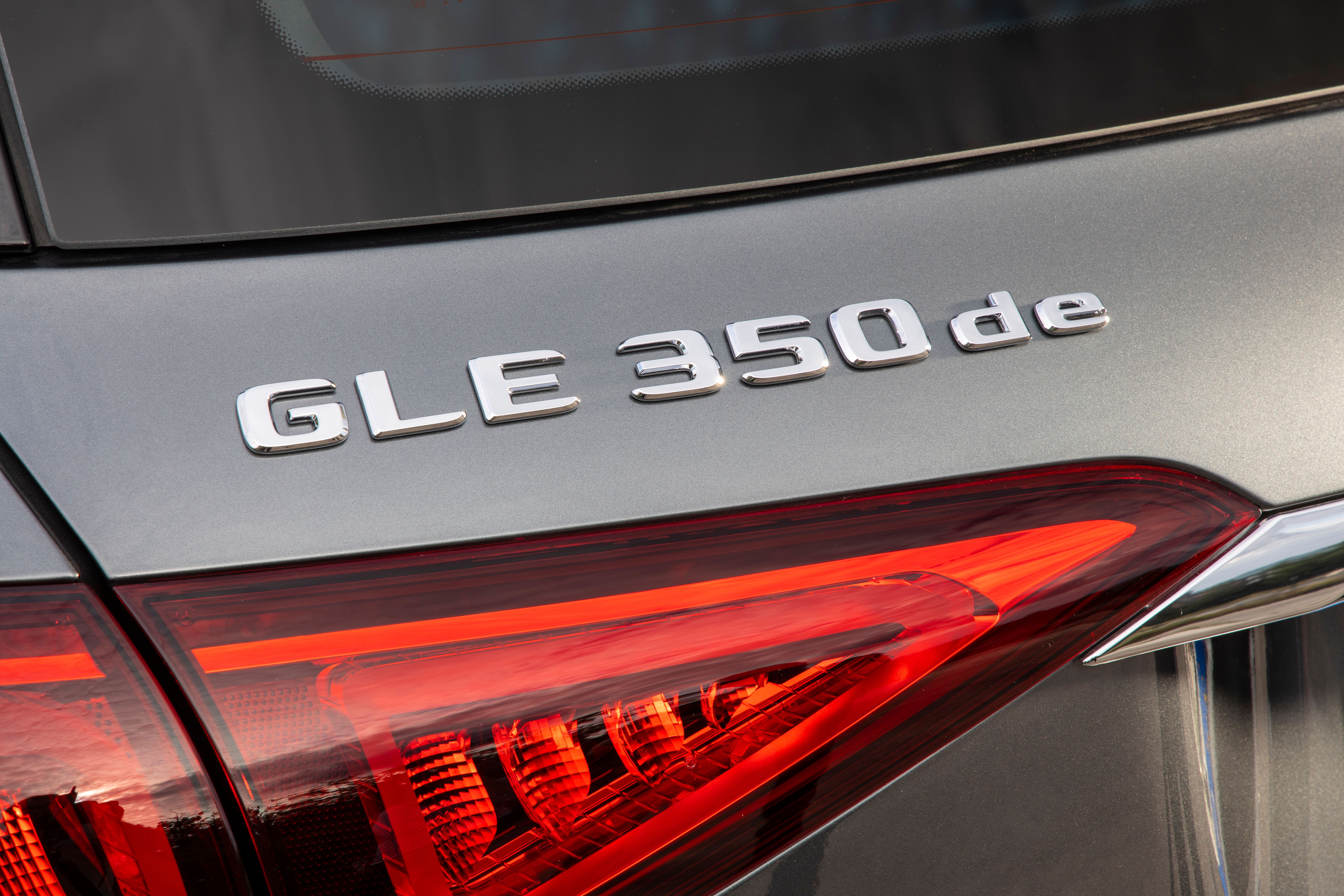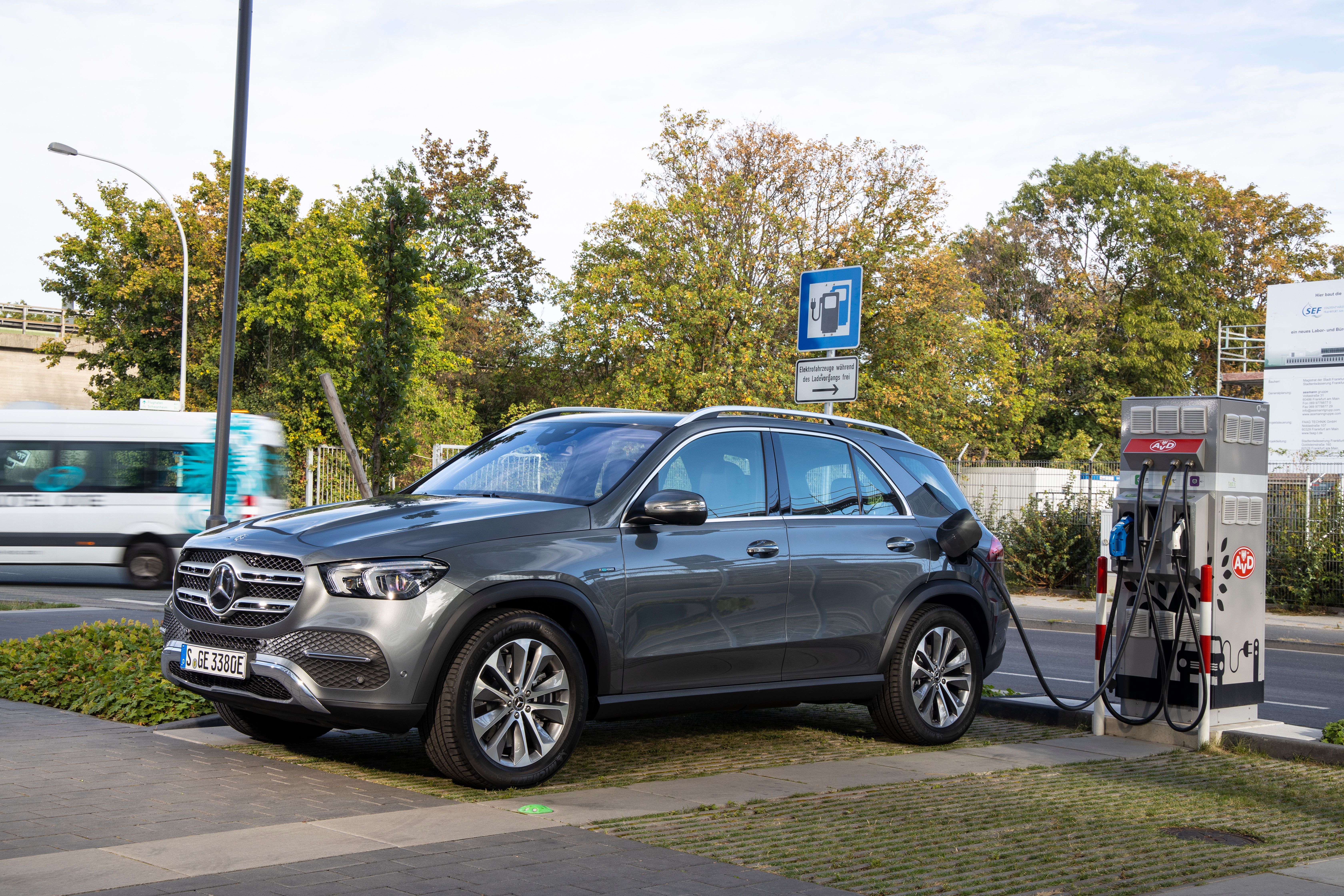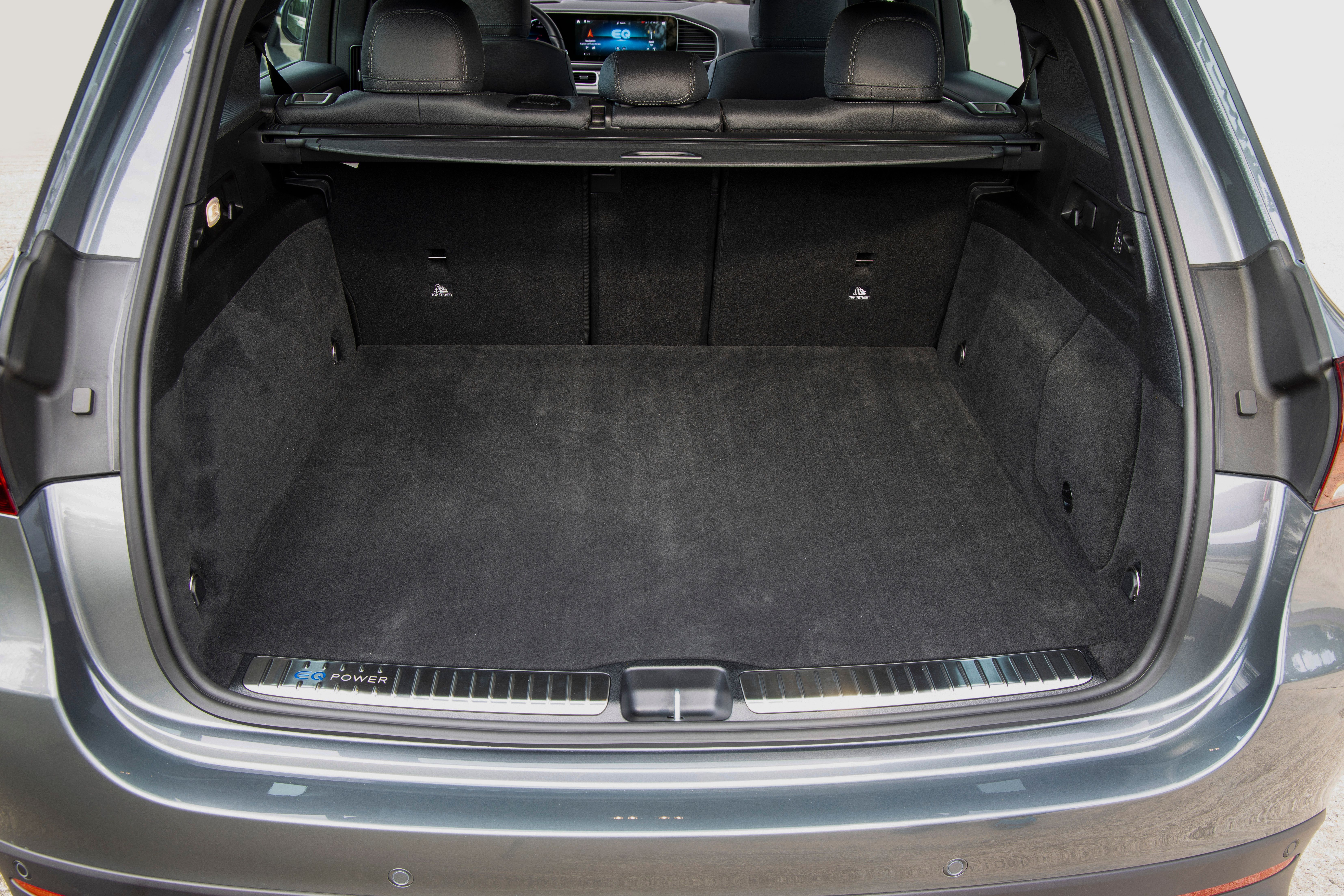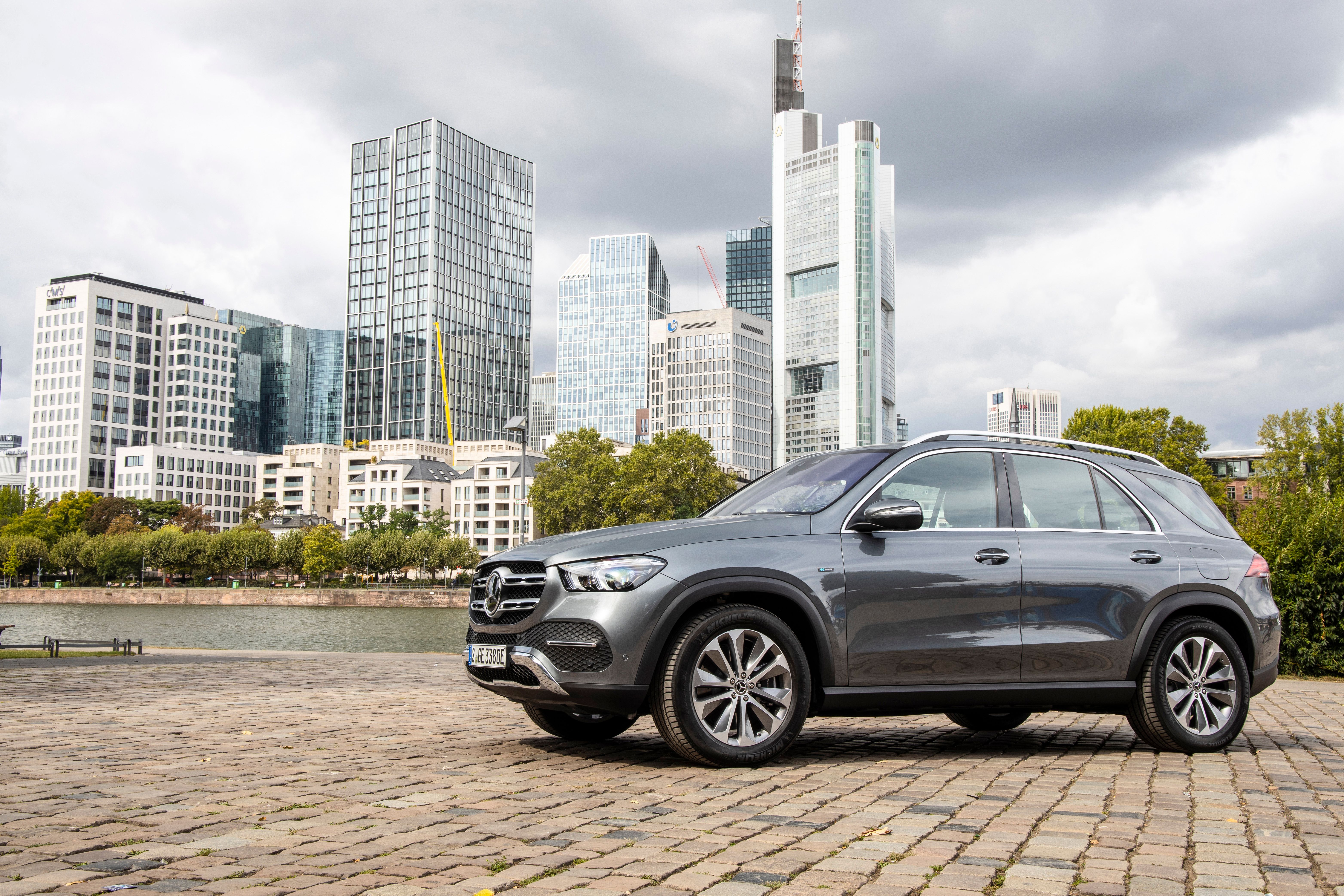Electric cars might be coming in hot to invade all the niches you can think of, but in areas with poor charging infrastructure or for people looking to leave the city more often, hybrids are an amazing proposition. Sure, the market isn’t short of these contraptions either, regardless of what segment you’re looking at. But, it’s not every day that you come up with a family car that packs hip-shattering levels of torque.
Enter the Mercedes-Benz GLE 350 de 4Matic, a GLE derivative that produces a whopping 700 Nm (516 pound-feet) of torque out of a diesel-electric powertrain. You know you want to find out more about it, so keep on reading.
What is the Mercedes-Benz GLE 350 de?
The Mercedes-Benz GLE is no longer a novelty. That hasn’t stopped Mercedes-Benz from looking at ways to harness the SUV’s potential by granting it a less wide-spread powertrain combo, one that mixes diesel power with electricity. Of all the carmakers we can think of right now on the spot that offers such a mix, Kia is the first to pop into our minds. The Koreans are selling a mild-hybrid Sportage in Europe, and it's fitted with a 2.0-liter CRDi diesel engine assisted by a 48-volt electric system.
Coming back to the GLE 350 de, the coordinates are slightly changed due to the car’s larger nature and its premium/luxury status. Long story short, the GLE 350 de mixes an inline-four diesel displacing 1,950 cubic centimeters (about 2.0 liters) that’s good for 192 horsepower (143 kilowatts) at 3,800 rpm and 400 Nm (295 pound-feet) of torque unlocked in the 1,600-2,800 rpm bracket. Joining what we’ve just mentioned is an electric motor rated at 100 kilowatts (134 horsepower) and 440 Nm (325 horsepower) of torque.
Mercedes-Benz GLE 350 de - Performance, Range, Efficiency, Practicality
The high torque output also contributes to an impressive 0-100 km/h (62 mph) sprint time of 6.8 seconds, which is something your average hot hatch can pull off these days. Top speed is limited through the use of electronic nannies at 210 km/h (130 mph), but Mercedes-Benz says the GLE 350 de can reach up to 160 km/h (100 mph) by solely relying on its electric motor and 31.2-kWh battery pack. Since this is a hybrid, drivers also get fully-variable all-wheel drive with torque on demand.
Speaking of the batteries, though, you’ll want to know it packs enough energy on a full charge to allow a pure-electric range of 90-99 kilometers (145-160 miles) according to the WLTP testing cycle and together with the aerodynamic coefficient of 0.29, allows for a theoretical fuel consumption average of 1.1 l/100 km - that’s 214 U.S. mpg or 256 U.K. mpg.
Mercedes GLE 350 DE specifications
|
Type/Number of cylinders/Arrangement |
Diesel/4 in-line |
|---|---|
|
Displacement (cc) |
1950 |
|
Rated output of combustion engine (kW/hp at rpm) |
143/194 at 3800 |
|
Rated torque of combustion engine (Nm at rpm) |
400 at 1600-2800 |
|
Electric motor rated output (kW) |
100 |
|
Electric motor rated torque (Nm) |
440 |
|
System output (kW/hp) |
235/320 |
|
System torque (Nm) |
700 |
|
Acceleration 0-100 km/h (s) |
6.8 |
|
210 |
|
|
Top speed, electric (km/h) |
up to 160 |
|
Fuel consumption combined (l/100 km) |
1.1 |
|
Combined CO2 emissions (g/km) |
29 |
|
Total battery capacity (kWh) |
31.2 |
|
Combined electrical consumption (kWh/100 km) |
25.4 |
|
NEDC electric range (km) |
106 |
|
90-99 |
Final thoughts
It’s still early for diesel-electric hybrid duos, but given the fact that big-name carmakers are willing to experiment and offer such powertrain alternatives, there’s no reason why other fellow manufacturers won’t try this mix sooner rather than later. As far as Mercedes-Benz is concerned, the giant plans to offer over ten plug-in hybrids by the end of 2019 (which is not that far away, to be honest), which will be found throughout the range, from the brand’s compact models to the S-Class flagship.
Further Reading
Read our full review on the 2018 Mercedes-Benz GLE Coupe.
Read our full review on the 2020 Mercedes-Benz GLE.
Read our full review on the 2020 Mercedes-AMG GLE53.

